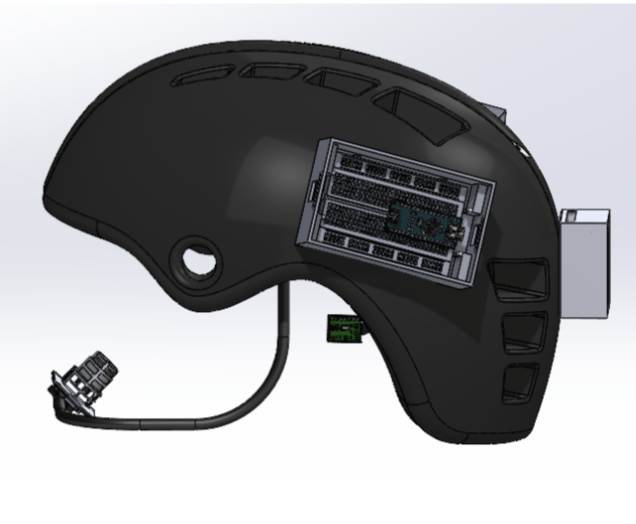Project Description:
The ongoing opioid crisis has highlighted the urgent need for rapid, life-saving overdose interventions. This project aims to address this by developing an automated device capable of detecting opioid overdoses in real time and administering naloxone to reverse the overdose. The system combines real-time monitoring of heart rate, blood oxygen concentration, and rate of carbon dioxide expulsion to determine when an overdose occurs. If these measurements reach critical threshold values, the device triggers an automatic subcutaneous injection of naloxone to reverse the overdose before emergency services arrive. The device is designed for ease-of-use and accuracy, and aims to reduce opioid-related fatalities by ensuring timely intervention when there are no bystanders to administer naloxone. Our approach combines biomedical engineering, real-time monitoring algorithms, and automated drug delivery mechanisms, offering a promising tool in the fight against the opioid crisis. Our pulse oximeter was accurate within 1 bpm of the industry standard ROSCOE pulse oximeter. When deprived of input from the sensors, simulating an overdose, the delivery method was enacted and our alarm was triggered.
